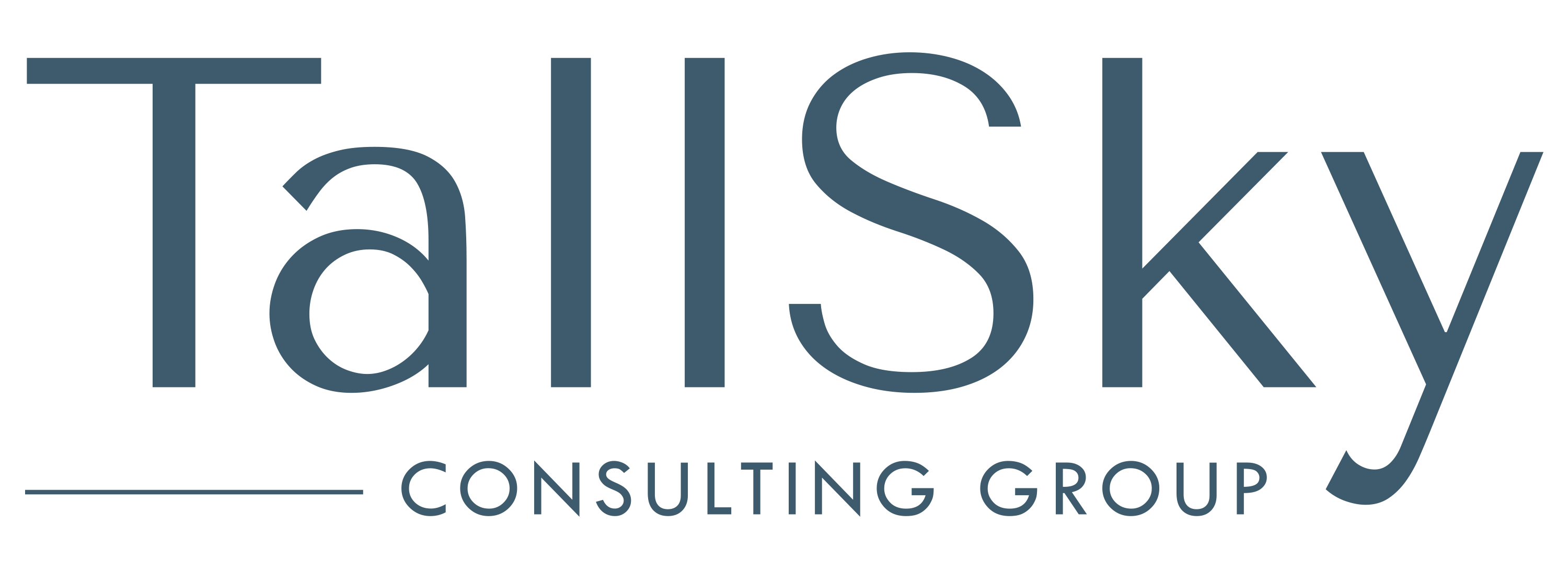
The past few years have been a whirlwind for employers. Labour shortages, inflation, and a shifting cost of living have pushed compensation strategies to their limits. Many organizations found themselves reacting to market pressures and rising employee expectations by adjusting pay just to keep pace.
As we move toward 2026 the landscape is changing. The labour market has stabilized, salary growth has returned to more typical levels, and employers are asking an important question:
How do we stay competitive when budgets level out and employees are still asking for more?
A Shift Toward Stability
According to Randstad’s 2025 Labour Market Summary, Canada’s unemployment rate has steadied around 7.1 percent, suggesting a more balanced market between employers and job seekers. Salary growth has normalized to approximately 2.75 to 3 percent, close to pre-pandemic levels.
Eckler’s recent research shows that many Canadian organizations are refocusing on foundational compensation practices for 2026, moving away from reactive pay adjustments toward strategic compensation management that is grounded in consistency, transparency, and fairness.
Redefining Competitive Pay
Today, being competitive is not simply about offering higher salaries. It begins with a clear pay philosophy – a statement of where your organization aims to position itself in the market and why. Employers who define this philosophy and align it with accurate market data and consistent job architecture are better able to ensure equity and build trust with employees.
Salary.com notes employees do not necessarily need to know everyone’s salary; they need to understand how and why pay decisions are made. Clarity builds confidence.
Total Compensation: Making the Invisible Visible
Compensation extends far beyond the paycheque. It includes health and dental benefits, retirement contributions, paid time off, flexibility, professional development, and even the culture and well-being initiatives that support work-life balance.
Yet many employees underestimate the true value of these benefits. Research from LIMRA shows that employees often undervalue their benefits by thousands of dollars.
Helping employees understand their total compensation (the complete investment the organization makes in their well-being and development) builds engagement and retention. It is one of the simplest, most effective ways to demonstrate value.
Transparency Builds Trust
Pay transparency does not mean posting salaries. It means ensuring leaders can explain how compensation is determined and what employees can do to grow within their role.
Training people leaders to have confident, informed compensation conversations helps employees see the link between their performance, development, and pay. When compensation is discussed openly and consistently, it strengthens trust and reduces uncertainty across the organization.
Looking Ahead to 2026
As the economy steadies, this is an ideal time for employers to strengthen their compensation foundations:
- Benchmark roles regularly to stay aligned with the market
- Keep job descriptions accurate and up to date
- Conduct pay equity and compression reviews
- Communicate the total value of compensation clearly and consistently
Organizations that balance fair pay with flexibility, transparency, and purpose will be best positioned to attract and retain talent in the next economic cycle.
At TallSky Consulting Group, we believe that compensation is more than a number. It reflects an organization’s values, culture, and commitment to its people. Now is the time to make that value visible.
Written by Tracey Sims who helps our TallSky clients navigate compensation with clarity, confidence, and purpose. She leads our compensation and total rewards work and partners with employers to design equitable, transparent, and market-informed compensation strategies that reflect their values and support long-term success. Her approach blends data and insight with a deep understanding of people and culture and helps our clients to build trust and alignment at every level.
